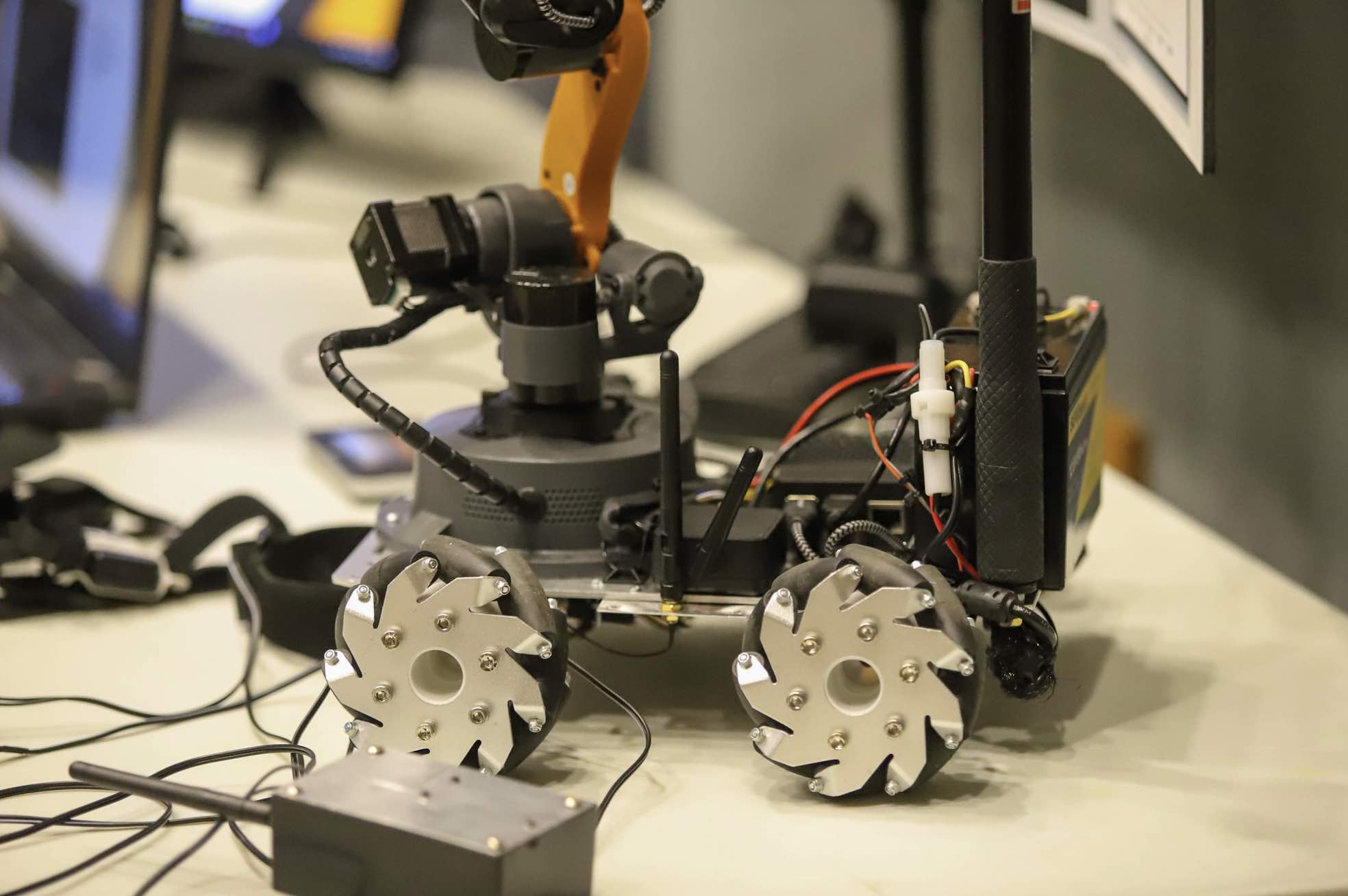
ENT Senior Design Day 2023
Student teams conduct major open-ended research and design projects. Elements of the design process including establishment of objectives, synthesis, analysis, and evaluation are integral parts of the capstone. Real-world constraints such as economical and societal factors, marketability, ergonomics, safety, aesthetics, and ethics are also integral parts of the capstone. ENT 497: feasibility studies performed; ENT 498: implementation, testing, and production of design.
Through the Lens
Through the Lens On April 28, ENT seniors shared their research results and presented design projects to ENT alumni and community partners.
| ROOM A | ROOM B |
|---|---|
|
|
|
|
|
|
|
|
|
|
|
|
|
|
|
|
|
|
|
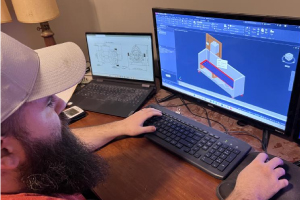 9:30 a.m.
9:30 a.m.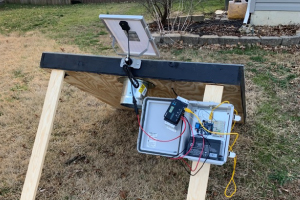 9:30 a.m.
9:30 a.m.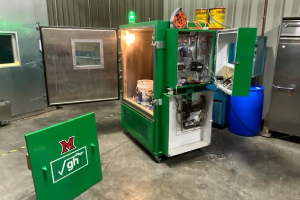 10 a.m.
10 a.m.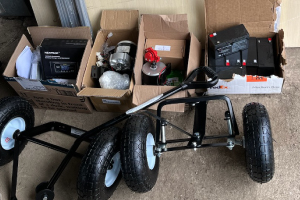 10 a.m.
10 a.m.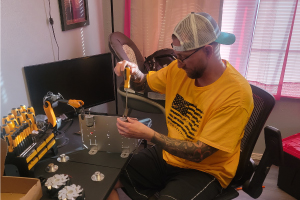 10:30 a.m.
10:30 a.m.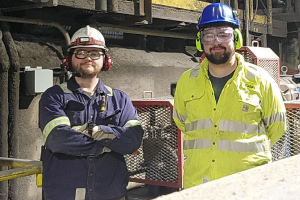 10:30 a.m.
10:30 a.m.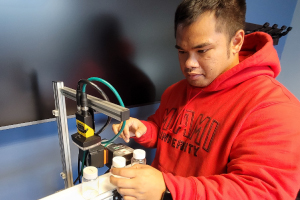 11 a.m.
11 a.m.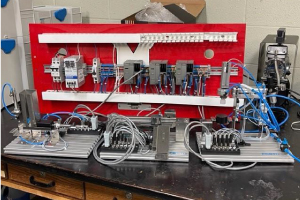 11 a.m.
11 a.m. 11:30 a.m.
11:30 a.m. 11:30 a.m.
11:30 a.m.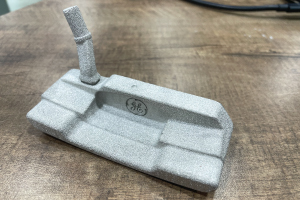 1:30 p.m.
1:30 p.m.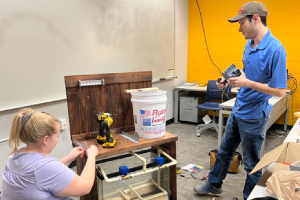 1:30 p.m.
1:30 p.m.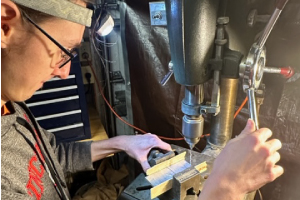 2 p.m.
2 p.m.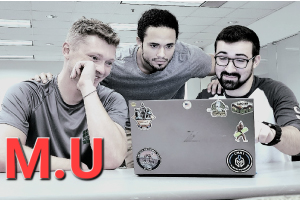 2 p.m.
2 p.m.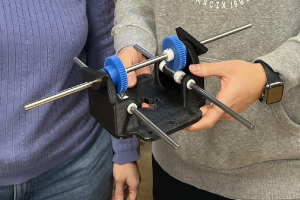 2:30 p.m.
2:30 p.m.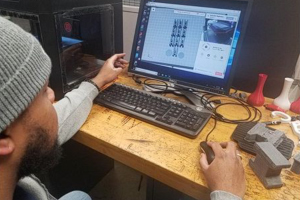 2:30 p.m.
2:30 p.m. 3 p.m.
3 p.m.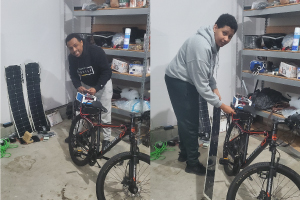 3 p.m.
3 p.m.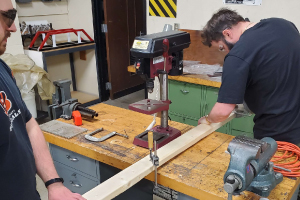 3:30 p.m.
3:30 p.m.